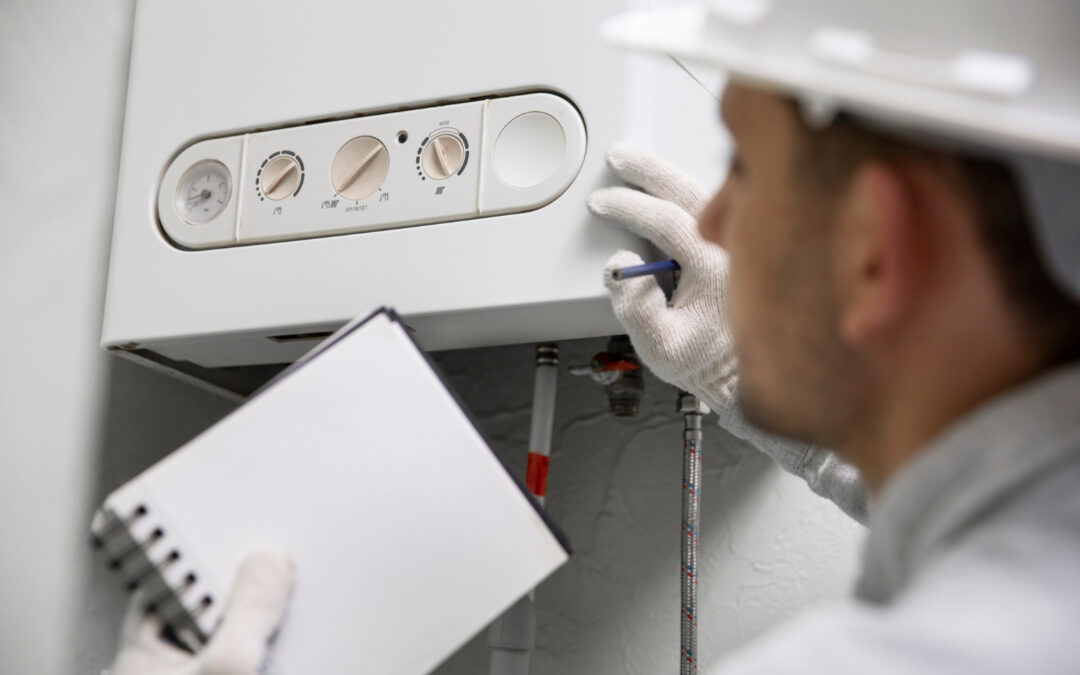No Heat or Insufficient Heat
If your heating system is not producing any heat or the warmth seems insufficient, here are some troubleshooting steps you can take:
Check the Thermostat Settings
Start by ensuring that your thermostat is set to the desired temperature. Sometimes, the thermostat may be accidentally set to “cool” or “off” mode, preventing the heating system from activating. Adjust the settings and see if that resolves the issue.
Inspect and Replace the Air Filter
A clogged or dirty air filter can restrict airflow and hinder the heating system’s performance. Check the air filter and replace it if it appears dirty or clogged. This simple maintenance task can restore proper heating operation.
Ensure Proper Airflow in Vents and Registers
Inspect all vents and registers throughout your home to ensure they are open and unobstructed. Furniture, rugs, or other objects can block the airflow, preventing efficient heating. Clear any obstructions and ensure proper airflow to enhance heating effectiveness.
Uneven Heating
If you notice uneven heating, where certain rooms or areas are significantly warmer or colder than others, consider the following troubleshooting tips:
Check and Adjust Damper Settings
If you have a zoned heating system, check the damper settings. Dampers control the airflow to different zones or rooms. Ensure the dampers are appropriately adjusted to achieve a balanced heat distribution throughout your home.
Balance the Heating System
Sometimes, the heating system may require rebalancing to ensure even heat distribution. This can be done by adjusting the dampers or the individual registers in each room. Experiment with different settings to achieve a more uniform heating experience.
Consider Zoning or Smart Thermostat Installation
Consider installing a zoning system or upgrading to a smart thermostat for persistent uneven heating issues. Zoning allows you to control the temperature independently in different areas of your home, providing customized comfort. Smart thermostats offer advanced features that optimize heating based on your preferences and lifestyle.
Strange Noises or Odors
If your heating system is producing unusual noises or emitting strange odors, follow these troubleshooting tips:
Bleed Air from Radiators or Baseboard Heaters
If you have a hot water or steam heating system, trapped air can cause gurgling or banging noises. To address this, bleed the air from the radiators or baseboard heaters. Consult your system’s manual or hire a professional to perform this task.
Clean or Replace Dirty Furnace Filters
A dirty furnace filter can cause airflow restrictions and lead to unusual noises. Regularly clean or replace the furnace filter to prevent debris buildup. This simple maintenance task can also improve indoor air quality and the overall efficiency of your heating system.
Schedule Professional Maintenance
If the strange noises or odors persist, it may indicate a more complex issue within the heating system. Schedule professional maintenance to have a qualified technician inspect and diagnose the problem. They can perform necessary repairs or recommend further actions.
Constant Cycling or Short Cycling
If your heating system frequently turns on and off or exhibits short cycling, follow these troubleshooting steps:
Clean the Flame Sensor
A dirty or malfunctioning flame sensor can cause the system to cycle improperly. Turn off the power to the furnace and gently clean the flame sensor using a soft cloth. Ensure it is free from dirt or residue to maintain proper functionality.
Check the Thermostat Wiring
Faulty or loose thermostat wiring can disrupt the communication between the heating system and the thermostat. Carefully inspect the wiring connections and tighten any loose connections. If the wiring appears damaged, consider consulting a professional for rewiring or replacement.
Inspect and Clean the Condensate Drain Line
If your heating system has a condensate drain line, ensure it is not clogged or blocked. A blocked drain line can trigger short cycling. Use a small brush or pipe cleaner to clear debris or buildup within the drain line.
Pilot Light or Ignition Issues
For systems with a pilot light or ignition, the following troubleshooting tips can help resolve related problems:
Relight the Pilot Light
If the pilot light has gone out, carefully relight it following the manufacturer’s instructions. Ensure you follow the proper safety precautions during this process. If the pilot light continues to extinguish, it may indicate a more significant issue that requires professional attention.
Check for Gas Supply Issues
A lack of gas can sometimes prevent the pilot light from staying lit or the ignition system from functioning correctly. Ensure that the gas supply valve is open and that there are no issues with the gas line. If you suspect a gas supply problem, contact your gas provider or a professional technician.
Call a Professional for Complex Ignition Problems
If you encounter complex ignition issues or cannot troubleshoot them independently, it’s best to call a professional HVAC technician. They have the expertise and tools to diagnose and repair the ignition system effectively.
Conclusion
By understanding common heating problems and applying these DIY troubleshooting tips, you can often address minor heating issues independently. However, it’s important to remember that professionals should handle complex problems involving gas or electrical components. Regular maintenance, such as replacing filters and scheduling professional inspections, ensures a reliable and efficient heating system. Stay proactive, address issues promptly, and enjoy a cozy and comfortable home throughout the winter season.

